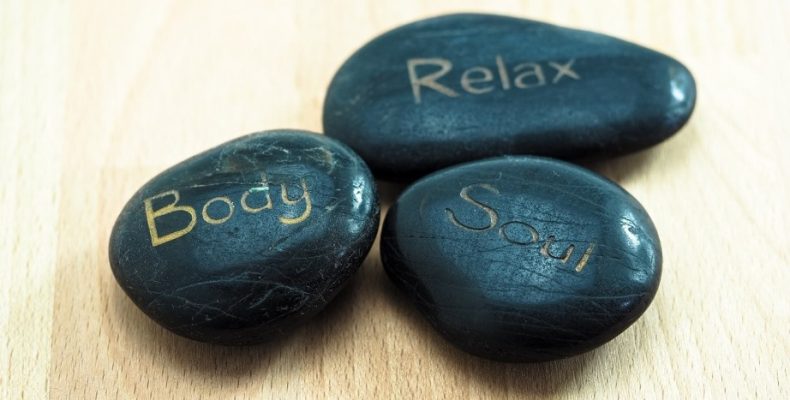
Hakomi Experiential Psychotherapy — also called Hakomi Mindful Somatic Psychotherapy — was created by Ron Kurtz (1934-2011) and is a type of holistic Body-Centered therapy that uses mindfulness and somatic interventions (body-oriented) to support clients’ self-understanding and heal their emotional attachment wounds and developmental trauma.

The therapy draws from a variety of treatment modalities, including General Systems Theory, Body-Oriented approaches, Reichian work, Gestalt, Psychomotor, Bioenergetics, Feldenkrais, Structural Bodywork, Ericksonian Hypnosis, Focusing, Neurolinguistic Programming, Buddhism, and Taoism.
Although Hakomi sessions include talk therapy, the experiential approach goes beyond insight and words by also using the client’s, gestures, postures, breathing patterns, facial expressions, and other bodily experiences to access and understand the underlying “blueprints,” “formative experiences,” or so-called Core Material that shape the client’s present-day experiences.
The Core Material consists of formative experiences and the resulting attitudes, emotions, memories, images, neural patterns, and beliefs that guide the client’s life invisibly, subconsciously, and automatically (unconsciously). In fact, Core Material is believed to lead to character adaptations that help people survive difficult and suppressing circumstances when they’re young but eventually prevent them from growing to their fullest potential.
According to Hakomi concepts, emotional stress is stored in the body — which is often a Body Armor (also written Body Armour) — and may manifest itself as chronic tension or illness. Subsequently, Hakomi psychotherapy uses specific techniques to access these tensions, movements, breathing and posture patterns, because they can lead the client (and the therapist) to the beliefs, memories, emotions, traumas, and experiences that generated them.

It’s thought that when one’s Core Material becomes conscious and directly experienced, specific Hakomi interventions can transform that Core Material and the associated habitual patterns. For instance, the therapist will work with the client to co-design ways to transform limiting beliefs by integrating what the client needs to heal and grow, which in Hakomi therapy typically includes so-called “missing childhood experiences” such as safety, belonging, care, support, acceptance, choice, freedom, power, and relaxation.
Hakomi sessions are guided by five principles: mindfulness (relaxed, nonjudgmental awareness), non-violence (without imposing perceptions or preferences), unity (holism), organicity (self-directing, self-correcting, and self-actualizing) and mind-body integration. The sessions typically follow a sequence that consists of contact, establishing mindfulness, accessing (current experiences and Core Material), processing, transformation, and integration.
In fact, mindfulness guides the complete session cycle being integral part of the entire process, and clients learn to cultivate a compassionate, self-observing presence. In addition, the client’s body is important as a resource to allow the mind to access Core Material, and some Hakomi therapists use consensual touch in the therapy process.
Hakomi therapy can be effective at treating mental health issues such as depression, anxiety, attention deficit hyperactivity disorder (ADHD), and unresolved trauma. In addition, it may be useful as a tool in other situations, such as couples work, intimacy and relationship issues, parenting, family dynamics, spiritual studies, business consulting, multiculturalism, and gender issues.
















